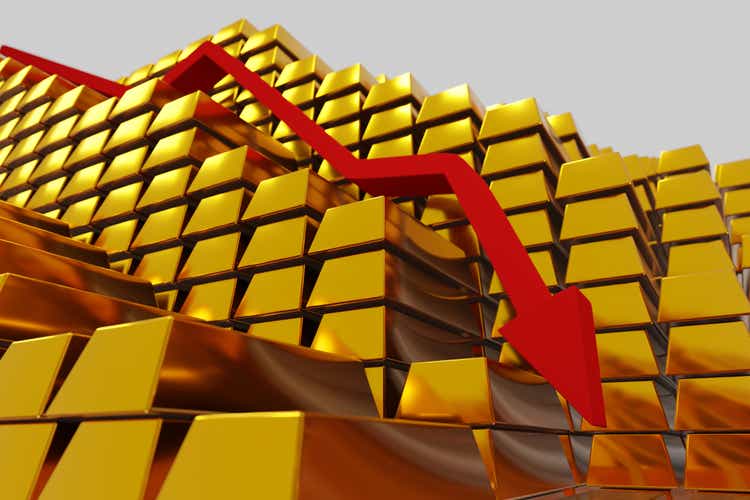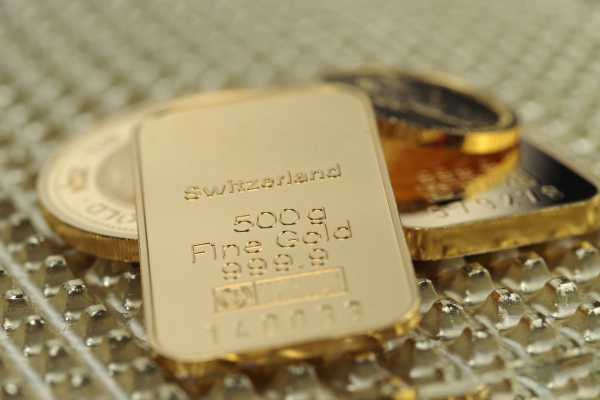Gold prices dropped on Friday amidst a bearish market, following a stronger than expected U.S. nonfarm payrolls report. This unexpected boost in hiring and a shrinking unemployment rate quelled any remaining hopes of a Federal Reserve interest rate cut in March, leading to a rise in the dollar and Treasury yields.
Gold futures took a hit as a result, falling by 0.8% to $2,036.10/oz, while silver slipped by 1.8% to $22.701/oz. However, gold still managed to gain 0.9% for the week, showing some resilience in the face of a broader downward trend.
Given the strong U.S. jobs report, traders now forecast a 70% chance of a rate cut in May, down from 92% prior to the release of the report. This shift in market sentiment reflects the impact of economic data on gold market dynamics and investor confidence.
Several gold mining companies also saw their stock prices decline by significant margins, reflecting the broader downturn in the industry. For instance, Gold Fields, Newmont, Barrick Gold, Kinross Gold, and other major players in the gold mining sector endured declines in their stock prices. The drop in gold prices comes after a four-day winning streak for the precious metal, when it had reached near all-time high settlements.
Additionally, geopolitical tensions and disruptions in shipping lanes have contributed to heightened investor interest in gold, providing some support for prices. Analysts at Goldman Sachs remain optimistic about the future of gold, citing resilient central bank purchases and strong retail demand as key factors supporting its value. They project a 12-month target of $2,175/oz, indicating a bullish outlook for gold.
Insight: The downward trend in gold prices following the stronger than expected U.S. nonfarm payrolls report demonstrates the impact of economic data on the precious metal’s value. This environment underscores the interconnectedness of financial markets and macroeconomic indicators, illustrating how shifts in one sector can reverberate across multiple asset classes. Despite the short-term decline, factors such as geopolitical tensions and ongoing physical demand for gold may contribute to its resilience in the long term, aligning with the bullish outlook of analysts. This dynamic highlights the complexity of factors influencing gold prices and the need for a nuanced understanding of the market.









